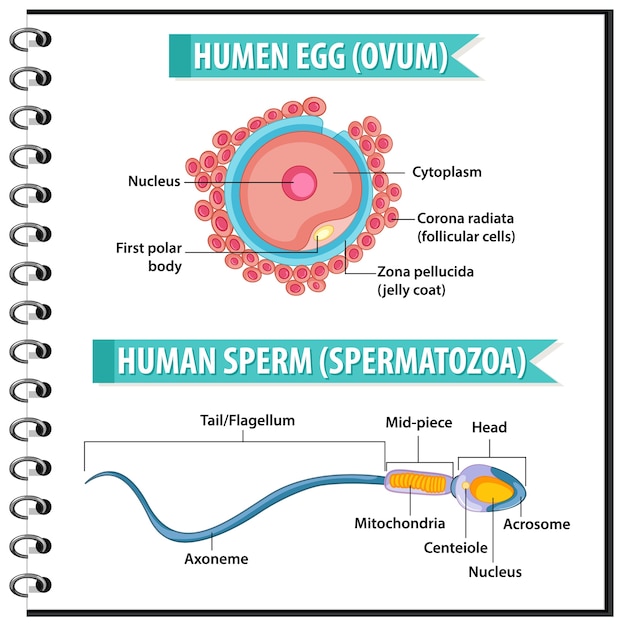Interesting Facts About the Cell Membrane

The cell membrane is a highly selective barrier that controls what enters and exits the cell.
The cell membrane is composed of a phospholipid bilayer.
The fluid mosaic model describes the dynamic nature of the cell membrane.
Some cells have specialized membrane proteins that allow for cell-cell communication.
The cell membrane is responsible for maintaining the cell’s shape and integrity.
Lipids in the cell membrane play a crucial role in insulation and protection.
The cell membrane acts as a gateway for essential nutrients and molecules.
Some cells have membrane proteins that function as receptors, allowing the cell to respond to specific signals.
The cell membrane can change its fluidity in response to environmental factors.
Cholesterol is an important component of the cell membrane, providing stability and maintaining fluidity.
The cell membrane controls the movement of ions in and out of the cell through ion channels.
The cell membrane helps maintain intracellular homeostasis.
Some cells have proteins in their cell membrane that actively transport ions and molecules against their concentration gradient.
The cell membrane is involved in cell adhesion, allowing cells to stick together and form tissues.
Some cells have specializations in their cell membrane, such as cilia or flagella, to aid in movement.
The cell membrane is sensitive to changes in temperature and pressure.
Interesting Facts About the Cell Membrane part 2
Lipid rafts are specialized regions of the cell membrane that contain specific proteins for signaling.
The cell membrane has a unique composition that allows for the formation of microdomains and compartmentalization.
The cell membrane can undergo endocytosis and exocytosis to transport large molecules.
The cell membrane is involved in cell recognition and immune response.
The cell membrane can repair itself through processes like vesicle fusion.
The cell membrane can form tight junctions between cells to create a barrier in epithelial tissues.
The cell membrane has a negatively charged inner surface, which helps maintain the cell’s electrical potential.
The cell membrane is selectively permeable, allowing for the movement of some molecules while blocking others.
The cell membrane is essential for cell division and growth.
The cell membrane can regulate the activity of enzymes by compartmentalizing them.
The cell membrane allows for cell signaling and communication between cells.
The cell membrane can function as a scaffold for cellular processes.
The cell membrane can undergo remodeling to accommodate changes in cell shape.
The cell membrane is responsible for cell recognition and interactions with other cells in multicellular organisms.
The cell membrane can selectively transport certain drugs and molecules, affecting their efficacy.
The cell membrane can form specific structures, such as microvilli, to increase the surface area for absorption.
The cell membrane can create concentration gradients of ions and molecules, crucial for cellular processes.
The cell membrane plays a role in the formation and maintenance of cell-cell junctions.
The cell membrane can alter its cholesterol composition, influencing membrane fluidity.
The phospholipids in the cell membrane can be modified to generate secondary messengers for intracellular signaling.
The membrane potential across the cell membrane is vital for nerve impulse transmission.
The cell membrane protects the cell’s internal organelles from harmful substances.
The cell membrane regulates the movement of water through specialized channels called aquaporins.
The cell membrane helps in the secretion of enzymes and hormones.
The cell membrane enables the cell to interact with extracellular matrices and form attachments.
The cell membrane can actively transport ions, such as sodium and potassium, to maintain electrical gradients.
The cell membrane contributes to the cell’s mechanical strength and stability.
The cell membrane is responsible for maintaining intracellular pH by regulating the movement of protons.
The cell membrane is constantly undergoing dynamic changes to adapt to the cell’s needs.

